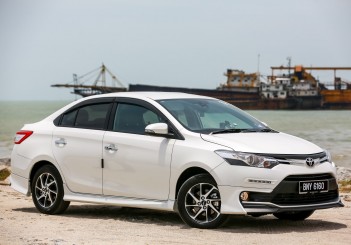It should be noted this is not a full model change for the Toyota Vios. Toyota calls it an improved Vios, which gets a much more refined and fuel efficient powertrain with a new 1.5-litre dual VVT-i engine and CVT (continuously variable transmission) with a 7-speed Sport Sequential Shiftmatic mode.

The new 1.5-litre dual VVT-i engine produces 107ps at 6,000rpm and 140Nm of torque at 4,200rpm.
There are six Vios variants including a new GX model. On-the-road prices with insurance for the five CVT-equipped Vios variants are RM79,800 (J); RM83,900 (E); RM89,800 (G); RM92,800 (GX); and RM96,400 (TRD Sportivo). The cheapest Vios is priced at RM76,500 (J with 5-speed manual). The improved Vios is sold with a 5-year, unlimited mileage warranty.

The improved Vios is now a certified EEV (Energy Efficient Vehicle), and can achieve 18 per cent better fuel economy compared with the previous Vios' single VVT-i engine with a 4-speed automatic transmission.
The new 1.5-litre all-aluminium engine uses iridium spark plugs, and an enhanced engine cover also reduces noise and vibration.
Standard features on all Vios variants are two airbags, ABS (anti-lock brake system) and EBD (electronic brake force distribution), brake assist, vehicle stability control (VSC), traction control, ISOFIX points on rear seats, smart entry via door handle button, and push-start ignition.
The more affordable J and E variants get front brake discs and rear drums, multi-reflector halogen headlamps, fabric seats, and four audio speakers.

The improved Vios is quite well-equipped, as the E variant which costs RM83,900 gets powered retractable wing mirrors with turn indicators, 60:40 split foldable rear seats, a rear arm rest with two cupholders, and a reverse camera mated to a 2-DIN head unit with a large 6.8-inch touchscreen, DVD player, Voice Recognition, a USB port and Bluetooth.
Paying RM89,800 and more for the G or premium variants get you extras like all-round disc brakes, projector halogen headlamps, leather seats, acoustic windshield glass, multi-information display (MID), audio and MID switches on steering wheel and six audio speakers.

As for the TRD Sportivo variant, it gets a sportier image with exclusive items such as a new front bumper spoiler, scuff plate on all door sills, special carpet mats, a sporty meter panel with multi-information display (MID) and leather wrapped steering wheel with red stitching.
The improved Vios (except for E and J variants) also has Toyota Premium Security and Solar film, which includes a security layer to delay grass breakage.
Driving Impression
It's interesting that both the improved Vios and the seven-seater Toyota Sienta MPV (multi-purpose vehicle) share the same powertrains.
As such, both cars have a perky, get-up-and-go character which translates to effortless acceleration from standstill.

UMW Toyota Motor recently organised a media drive of the improved Vios from Shah Alam to Melaka, and when driven at 110kph on smooth highways, the tachometer needle on the Vios was at 1,900rpm.
However, drivers of the Sienta would note that at the same speed, the tachometer needle on the MPV should hover around 2,000rpm.
This is largely because the Vios is a lighter car with kerb weights of 1,060kg to 1,115kg (depending on variant), whereas the heavier Sienta weights at least 1,325kg. We like the electric power steering on the Vios, which is accurate and responsive, and requires minimum effort to steer.
Running on 185/60 R15 tyres, the Vios provided a comfortable and smooth drive on the more than 300km of highways and back-country roads we drove on. In the cabin, the improved and previous Vios are similar except there's now a VSC button between the front seats (in front of the hand brake lever).

For the most part, it is a well-designed interior; we liked the deep centre storage box with arm rest between the front seats, which also has a rear cup or bottle holder. The big 506-litre boot is another plus point.
Still, there are a few niggles. The only USB port is found on the audio head unit, and there are no rear door bins or pockets.
Rear headroom is limited as our hair touched the roof when leaning upright on the rear seats (we are 1.7-metre adults).
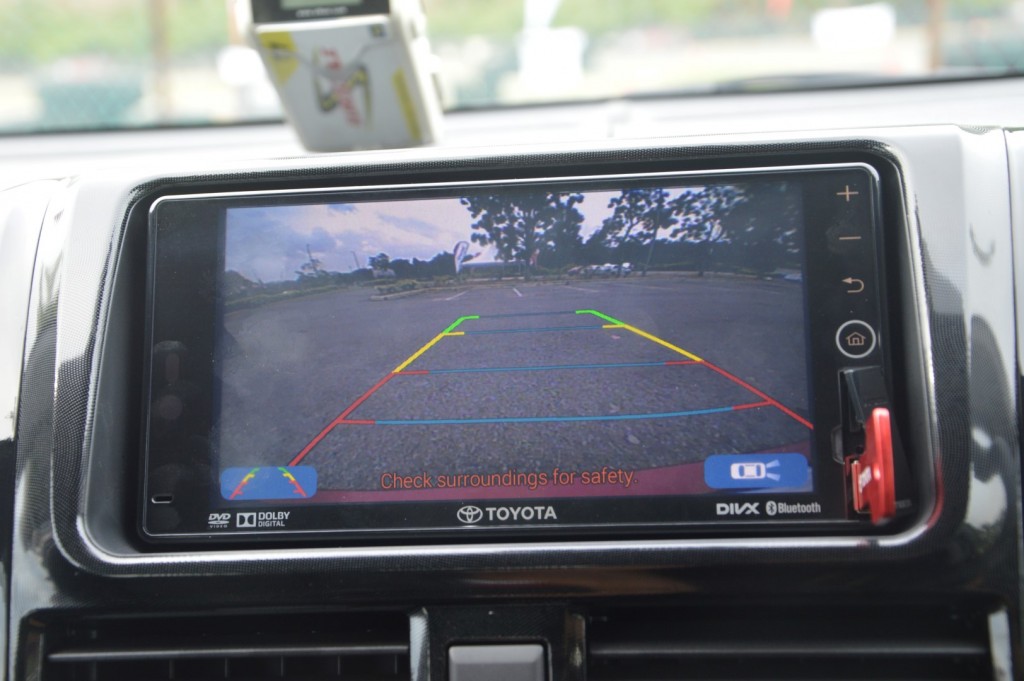
At the Melaka International Motorsports Circuit, a 1-litre fuel challenge was organised where the press mostly obtained 21km to 24km on the limited petrol provided.
The fuel tanks of the cars had been drained, and only 1 litre of petrol was poured into each car. It should be noted most participants had switched off the air-conditioning during the 1-litre fuel challenge.
In terms of driving refinement, the improved Vios is much better than its predecessor. With the more generous safety and comfort kit levels, the improved Vios should continue to be among the more popular non-national B-segment sedans.

Toyota Vios (GX trim)


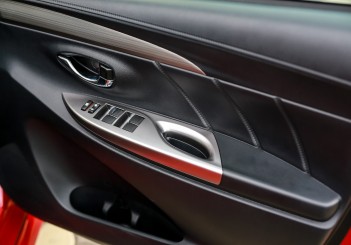






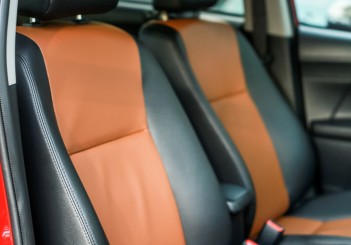



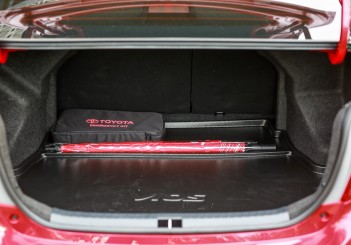





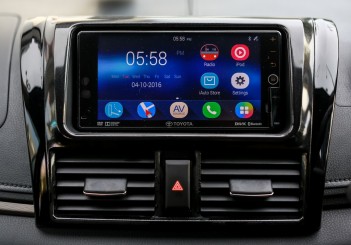

Toyota Vios (TRD Sportivo trim)
